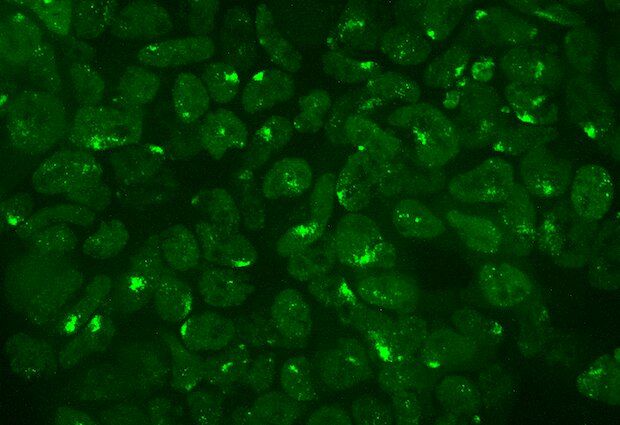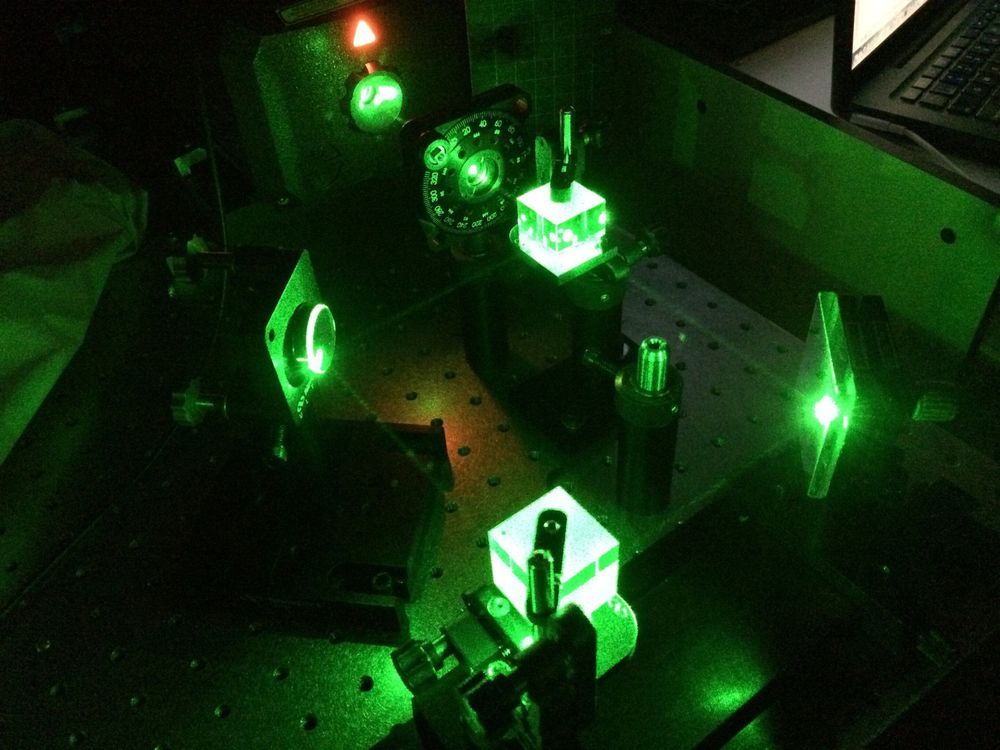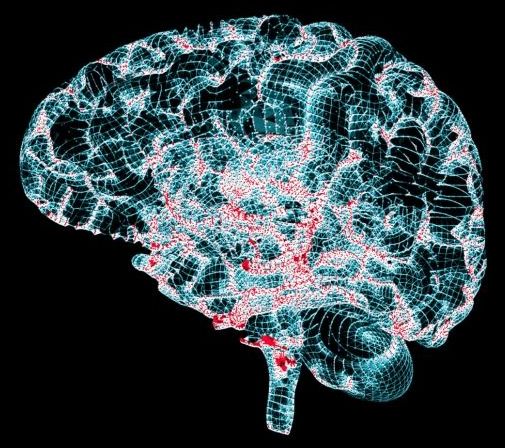Feb 8, 2020
Plastic Eating Plants: Will they Save our Environment?
Posted by Quinn Sena in categories: biological, food, particle physics, sustainability
Circa 2016 o.o
Americans dump 251 million tons of trash annually into landfills. Bike seat ripped? Toss it. Hole in the old garden hose? Get rid of it. Spandex not tucking in your tummy? Loose it and replace it. This linear process of extracting a resource, processing it, selling it than discarding it is creating a mound of trash dangerously equivocal to the ball of trash in Futurama episode 8 season 1.
Continue reading “Plastic Eating Plants: Will they Save our Environment?” »


















